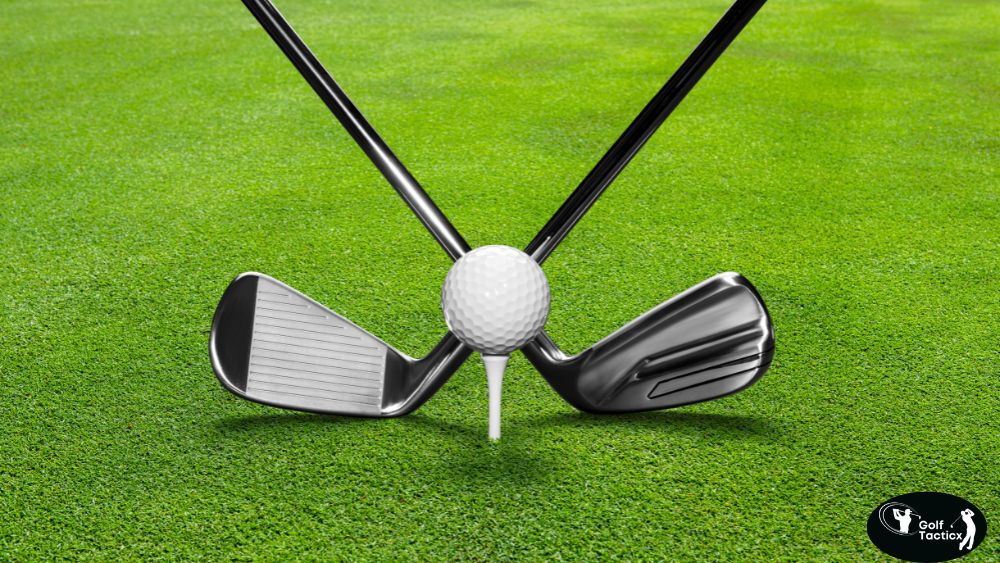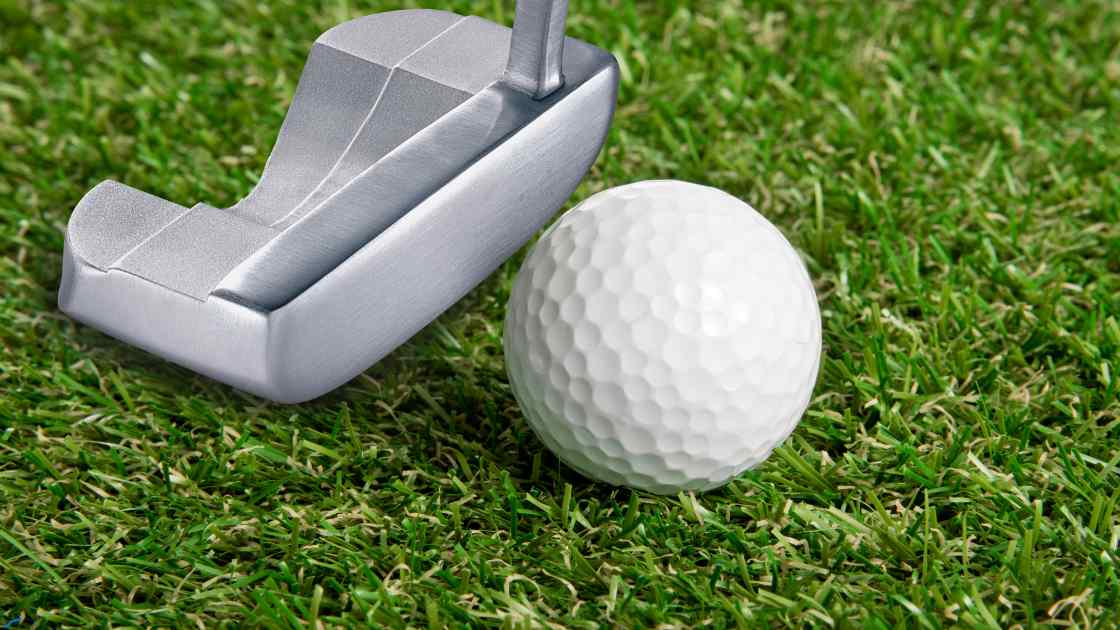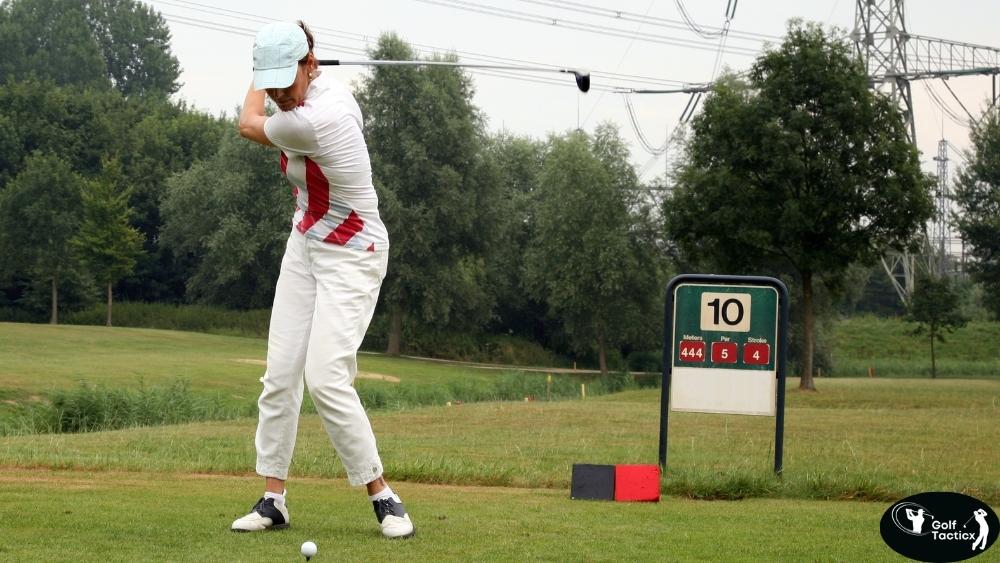In our previous post, we discussed essential tips for playing from divots and uneven lies. Now, let’s shift focus to choosing the Right Golf Club, a crucial step to improve accuracy and consistency on the course. Today, we’ll explore how to select the appropriate golf club for every shot, a fundamental skill that can significantly enhance your game. Understanding your clubs and their uses will set you on the path to becoming a more confident and effective golfer.
Understanding Golf Clubs
Golf clubs are categorized based on their design and purpose. Here’s a breakdown of how to choosing the Right Golf Club.
Driver
The longest club with the largest head, designed for maximum distance off the tee.
Fairway Woods
Slightly shorter than drivers, these clubs are versatile for long shots from the fairway or rough.
Hybrids
Combining features of woods and irons, hybrids are forgiving and ideal for various lies.
Irons
Numbered from 3 to 9, irons are used for a range of shots, with lower numbers for longer distances and higher numbers for shorter, more accurate shots.
Wedges
Specialized irons like pitching, sand, and lob wedges are used for short, high-accuracy shots, especially around the green.
Putter
Used on the green to roll the ball into the hole, putters come in various designs to suit different putting styles.
Distance is Key
One of the most important things to think about when Choosing the Right Golf Club for Each Shot is the distance to the hole. Every golf club is designed to hit the ball a certain distance. You need to know how far you hit with each club. The best way to learn this is by practicing at the driving range and keeping notes.
| Club Type | Average Distance (Yards) |
| Driver | 200–250 |
| 3-Wood | 180–230 |
| 5-Wood | 170–210 |
| 3-Hybrid | 160–200 |
| 4-Iron | 150–190 |
| 7-Iron | 120–150 |
| 9-Iron | 100–130 |
| Pitching Wedge | 80–110 |
| Sand Wedge | 60–90 |
| Lob Wedge | 40–70 |
| Putter | For the green |
Think About the Wind and Weather
When you’re out on the course, the weather can change your shot. If the wind is blowing hard, it can push the ball off course. In these cases, you may need to use a different club. For example, if you’re hitting into the wind, pick a club that gives more power. If the wind is behind you, use a club with more control.
Also, on rainy days, the ball won’t roll as much. This means you’ll need to hit it a little farther, so you might need a stronger club.
Pay Attention to the Lie
The “lie” is where the ball is sitting. Is it on short grass, deep rough, or sand? This affects what club you should use.
- Fairway: You can use almost any club depending on the distance.
- Rough: A hybrid or iron helps cut through the grass better.
- Sand: Use a sand wedge to get the ball out easily.
- Tee Box: Use a driver or fairway wood for long holes, and an iron for short holes.
Short Game: Wedges and Putters
Most golfers lose strokes near the green. That’s why the short game is so important. When you’re close to the green, use wedges to chip or pitch the ball high and soft. A pitching wedge is great for longer chips. A sand wedge helps get out of bunkers. A lob wedge is used for very short and high shots.
Once you’re on the green, the putter becomes your best friend. It’s the only club made to roll the ball along the ground. Keep your stroke smooth and steady.
Practice Makes Perfect
You can’t get good at Choosing the Right Golf Club for Each Shot overnight. It takes time and practice. Spend time at the driving range and get used to how each club feels and performs. Try different shots with different clubs so you can learn what works best for you.
Here are some tips to help:
- Keep a small notebook with your distances for each club.
- Practice hitting into the wind and with the wind.
- Play different lies to understand how each one affects the shot.
Make Smart Decisions on the Course
Golf is not just about swinging the club. It’s about thinking ahead. Look at the hole, think about your distance, the lie, the weather, and where you want the ball to land. Then pick the best club for the job.
Let’s look at a few examples:
- Par 3 Hole, 140 yards: Use a 7-iron or 8-iron.
- Par 5, First Shot: Use a driver or 3-wood off the tee.
- Second Shot, Fairway, 180 yards: Try a 3-hybrid or 5-wood.
- Near the green, soft chip: Use a sand wedge.
- On the green, short putt: Use your putter.
Practical Tips for Beginners
Know Your Distances: Spend time practicing with each club to understand how far you hit the ball. This knowledge is vital for making informed decisions on the course.
Start with a Basic Set: As a beginner, you don’t need a full set of clubs. A driver, a couple of fairway woods or hybrids, a few irons (like 6, 8, and pitching wedge), a sand wedge, and a putter are sufficient to get started.
Use Hybrids for Versatility: Hybrids are forgiving and can replace longer irons, making them easier to hit and more versatile for various situations.
Practice Consistently: Regular practice helps you become familiar with each club’s performance, leading to better decision-making during play.
Seek Professional Advice: Consider getting a lesson from a golf professional to understand your swing and receive personalized club recommendations.
Conclusion
Selecting the right golf club for each shot is a skill that improves with practice and experience. By understanding your clubs, considering course conditions, and practicing regularly, you’ll make more informed decisions on the course, leading to a more enjoyable and successful golfing experience.
In our next blog post, we’ll delve into planning your approach shots effectively. Stay tuned to learn how to strategize your game for better performance!
















Leave a Reply